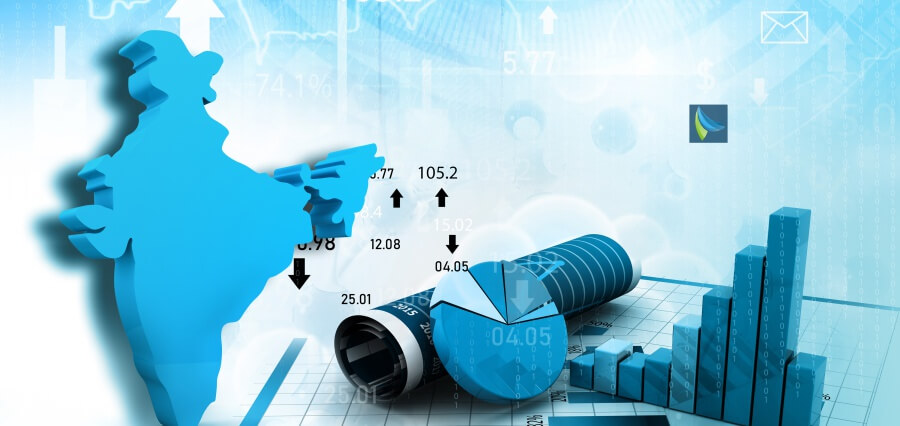S&P Global in a forecast said that now India is destined to become the third largest economy in the world by 2030-31. It is maintaining its growth rate at 6.7 percent per annum, and opportunities are popping up in all sectors, trade, agriculture, or AI. The country has already reported to have emerged as the fastest major economy in FY 2024 with the GDP growth rate at 8.2 percent more than the estimates of the government, which had estimated the growth rate at 7.3 percent.┬Ā
Abhishek Tomar is chairing the S&P Global India Leadership Council and is leading as a chief data officer for S&P Global Market Intelligence. He elaborated on the positives in the medium-term prospects of India by sharing strategic pluses of the country. From his study, he put forward that to utilize the strong seaborne trade of India, which constitutes 90 percent of the total India trade, the optimization of infrastructure and geopolitical strategies like port management would be necessary.┬Ā
However, India’s recent growth trajectory has not indicated problems in its ports. Says S&P Global’s Container Port Performance Index 2023, and according to the World Bank, there are only three Indian ports that can make it to the first 50 in the international list. Whereas private ports had a humongous gap, while Jawaharlal Nehru Port Trust stood at the 96th slot, it was privately operated Mundra Port in Gujarat that stood at the number 27 slot. The paper claimed that bureaucratic bottlenecks and lopsided investment in infrastructure had limited the competitiveness of ports managed by the government.┬Ā
Privately run ports have gained immense popularity and have now captured a whopping share of 47% of the total cargo handled in FY24 in India. Though Mundra Port, operated by Adani Ports, would have ended up surpassing JNPT had it achieved 15.6% more volume and growth that was twice that of the latter, said Rahul Kapoor, vice president and global head of shipping analytics at S&P Global that the requirement is for more ports with a judicious blend between public and private sector participation.┬Ā
This study also estimated that India would need to increase its petroleum demand for transportation by some 2 million barrels a day by 2035.┬Ā
Read More: Click Here


